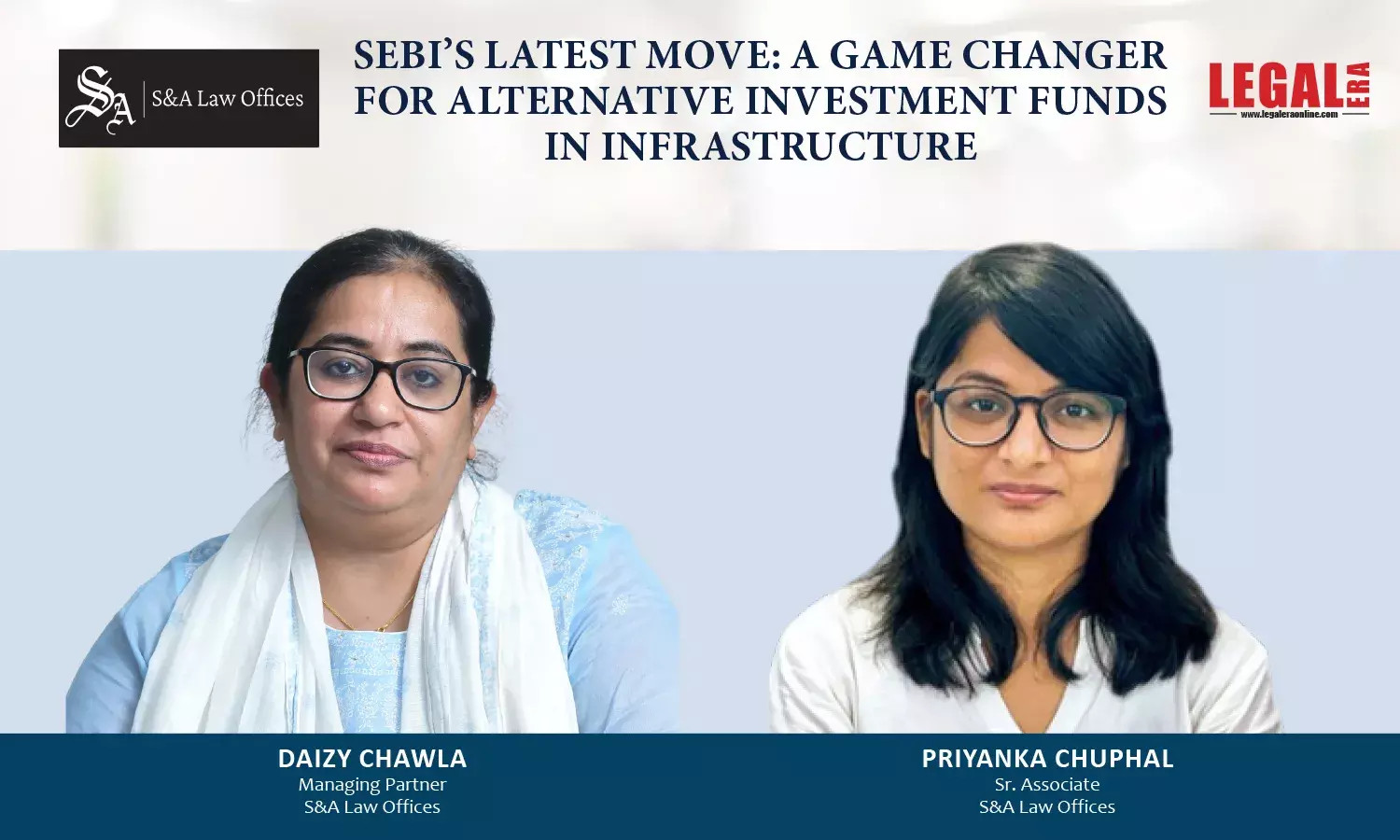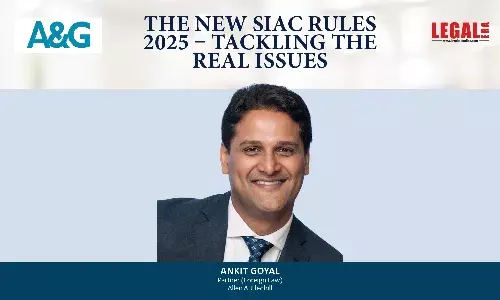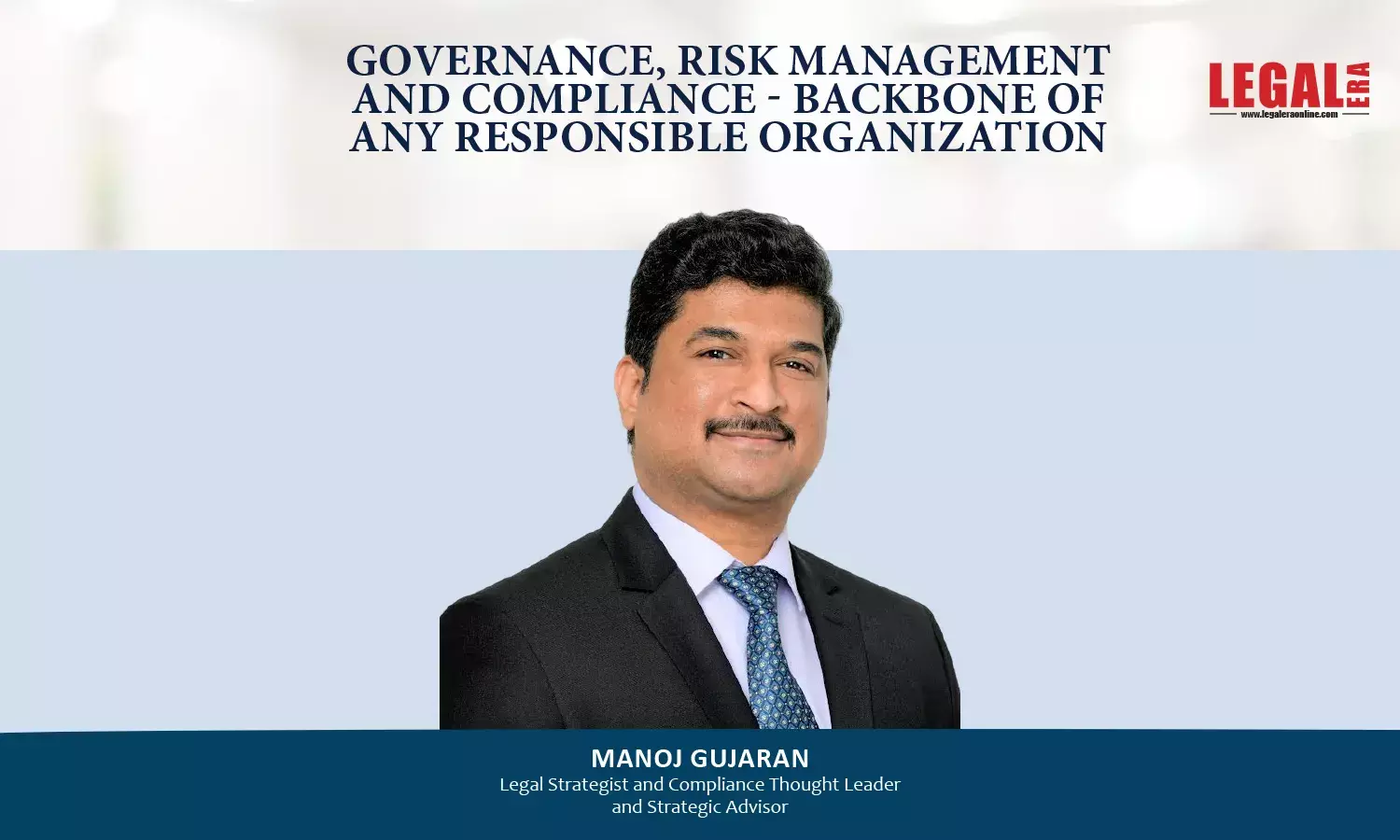SEBI’s Latest Move: A Game Changer for Alternative Investment Funds in Infrastructure

SEBI’s Latest Move: A Game Changer For Alternative Investment Funds In Infrastructure In a move to consider the concerns of the Investee Companies wherein the Alternative Investment Funds (AIFs) are also one of the equity holders, the Securities and Exchange Board of India (SEBI) permitted that such AIFs to create encumbrance on equity holdings in favor of lenders to respective...
SEBI’s Latest Move: A Game Changer For Alternative Investment Funds In Infrastructure
In a move to consider the concerns of the Investee Companies wherein the Alternative Investment Funds (AIFs) are also one of the equity holders, the Securities and Exchange Board of India (SEBI) permitted that such AIFs to create encumbrance on equity holdings in favor of lenders to respective investee companies. AIFs are private pooled investment vehicle that collects funds from Investors for deploying them in accordance with a defined investment policy (scheme) for the benefit of its investors.
At the moment permission accorded by SEBI is w.r.t Infrastructure Investee Companies (except foreign investee company) that too by only creating pledge on the equity investments held by Category I and II AIFs. Category I and II AIFs shall not give any form of guarantee for the investee company.
From long, the concern was raised by Investee Companies who have AIFs as their investors that since AIFs are not permitted to create encumbrance directly or indirectly on the investment held in their companies, such Investee Companies remains deprive of funding from banks and other lending entities. The banks and other lending entities remains reluctant if additional comfort of having pledge on the equity of the shareholders of such entities. Such pledging enables lenders to assume control over the entity in the event of default on debt by Borrowers.
Now, the amendment made of enabling of encumbrance on equity holdings by AIFs will lead to greater confidence to lenders at the time of financing the infrastructure projects. While it is risky as these projects are usually capital-intensive and have long gestation period and in case a default occurs (which is very likely with infrastructure projects), AIFs will lose control over their investments which expose AIF investors to a great risk. However, looking at the bigger picture and allowing mobilization of funds indirectly in infrastructure sector, SEBI’s move will prove to be a game changer for not only AIFs invested in the infrastructure sector but growth of infrastructure projects in India.
The approval given by SEBI is with proper check and balances so that it does not results in any arbitrage therefore conditions have been prescribed which can be summarised as follows:
a) Category I and Category II AIFs may create encumbrance on equity of the investee company, which is in the business of development, operation or management of projects in any of the infrastructure sub-sectors listed in the Harmonised Master List of Infrastructure issued by Central Government.
b) Explicit disclosure with respect to creation of such encumbrance by AIFs and risk associated be mentioned in the Private Placement Memorandums (PPMs). These are for those AIFs who have yet to onboard investors.
c) In case where encumbrances were created prior to the current amendment however duly made disclosure in PPM of the Scheme, such encumbrance will continue.
d) Where the encumbrances have been created by Category I and Category II AIFs however the disclosure qua same is given in the PPMs then they will seek consent of investors of the scheme by October 24, 2024 (i.e. within six months of the amendments coming into effect). In case no consent is sought by October 24, 2024, the encumbrances shall be required to be removed latest by January 24, 2025 (i.e. within three months of expiry of six months from the date of amendments).
e) Where the encumbrances have been created on securities of investee company which is in other sector than mentioned in para (a) above, such encumbrances on securities of the investee company need to be removed latest by October 24, 2024.
f) The borrowings made by Investee Companies where encumbrances have been created on the holding of Category I and Category II AIFs shall be used only for the purposes of development, operation or management of investee company and shall not be utilised otherwise including to invest in another company.
g) The duration of encumbrance created on the equity investments shall not be greater than the residual tenure of scheme.
h) The Category I and Category AIF II shall make sure that such mechanism is in place so that in case of default by the Investee Company (borrower), the funds or its investors of AIFs Scheme are not subject to any liability over and above the equity on which encumbrance is created.
The amendments dated 25 April 2024 read with Circular dated 26 April 2024 are aimed to broaden avenues to promote robust infrastructure and economic growth by granting greater flexibility to Category I and II AIFs to leverage as well as to investee companies to secure debt financing. It is well known that AIFs have been successful in mobilizing funds from global institutions into infrastructure funds which has greatly contributed to infrastructure development of India.
Disclaimer: This article was first published in the S&A Law Offices - 'Indian Legal Impetus' newsletter in June 2024.






